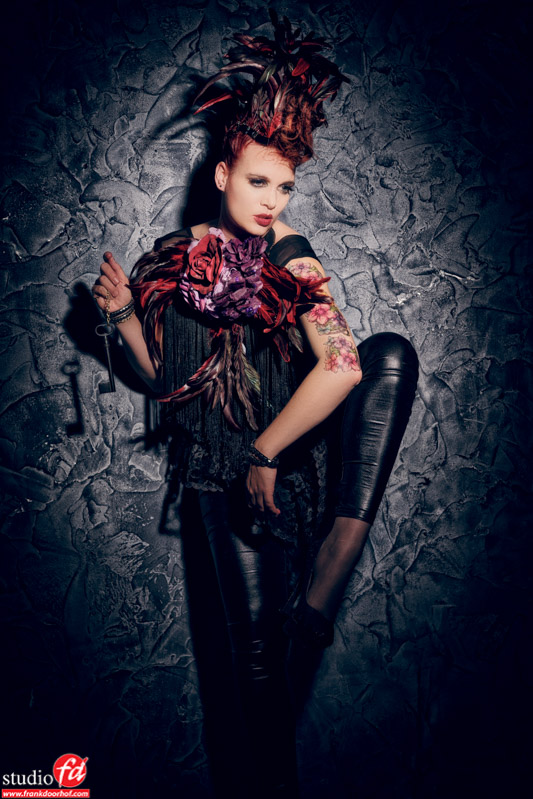Workshop Cannenburch with Nadine
This weekend I taught a workshop in a very special location.
I always love doing workshops on location but sometimes you get the chance to do something that is really unique and this weekend that was one of those days.
A while ago we said we wanted to start doing workshops in special locations, studio workshops are of course also very cool but shooting on locations is a whole different ballgame. A few of my friends ran with the idea and contacted Cannenburch, a museum in the Netherlands, to be honest we thought it would never be possible to shoot there, but why not try right? and much to our delight they were up for it, it was never done before like this they told us and we had to be under guidance of the museum itself, in exchange for that we were allowed to shoot wherever we wanted and we were allowed to remove the alarms, use flash and even use the sets, well….. you don’t have to say that twice of course. So we started the registration of the workshop, now my location workshops are most of the time sold out but this was a new record… within 20 minutes after putting it online we were actually booked solid.
So today I can share the first series of results from this very special workshop with Nadine as model and stylist.
The first setup was outside the museum.
In fact in these 3 shots you can see my motto, always shoot double or triple setups if you can.
The first is with natural light, the second with one strobe and the third is actually with 2 strobes. This way you can deliver different looks to the client so they will always find something they like.







You must be logged in to post a comment.